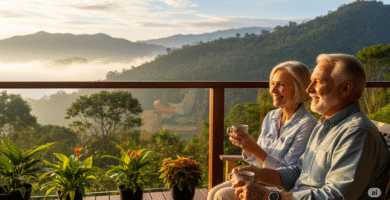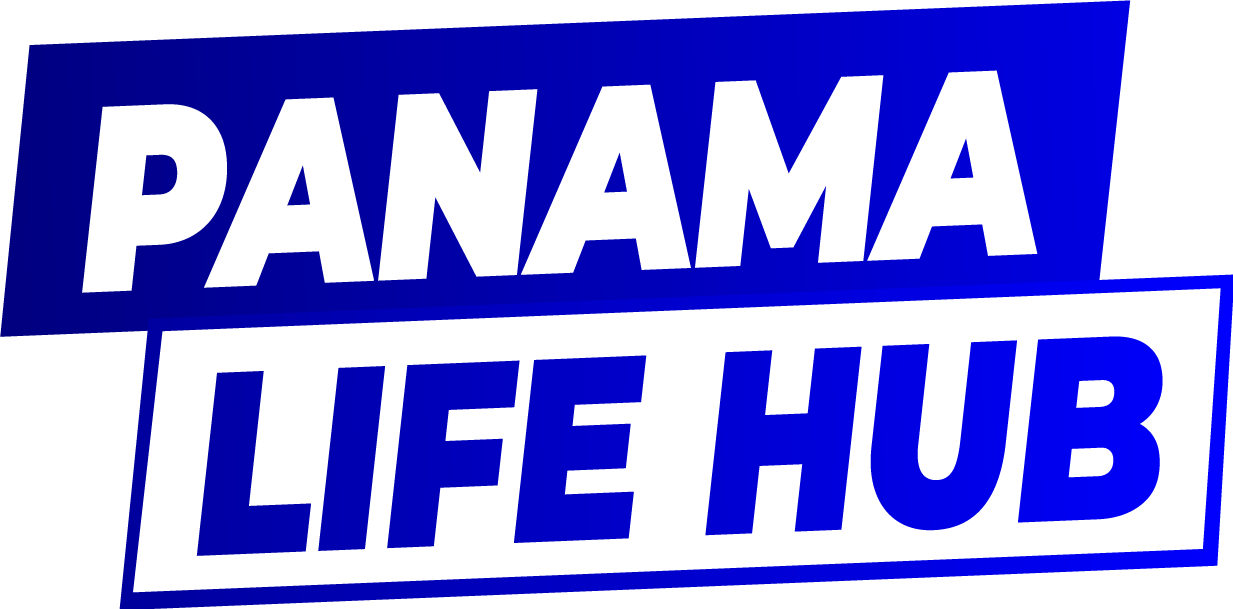
Why Permanent Residency in Panama Matters
Securing permanent residency (PR) in Panama gives you stability, access to essential services, and peace of mind. Unlike temporary visas, PR means you no longer need to worry about frequent renewals. Once approved, you’ll also be eligible for the E-cédula, Panama’s national ID for foreigners, which makes everyday life—from banking to signing contracts—much smoother.
One long-term resident shared: “Most of us start with a temporary visa, like the Friendly Nations or Qualified Investor option. After two years, you can apply for permanent residency. When I finally got my E-cédula, it felt like I truly belonged here.”
The Main Paths to Permanent Residency in Panama
1. Friendly Nations Visa (FNV) → Permanent Residency
For citizens of designated countries. It requires an economic tie such as property ownership, a fixed deposit, or an employment contract. First, you get a two-year temporary residency, and then you can apply for PR.
2. Qualified Investor Residency
Best for investors. The most popular route is through real estate of at least $300,000. Alternatives include securities or fixed-term bank deposits. This option often moves faster than others.
3. Pensionado Visa (Retiree Program)
For retirees with a lifetime pension of at least $1,000/month. This visa grants immediate permanent residency and comes with generous discounts on healthcare, transportation, and entertainment.
4. Self-Economic Solvency Program
Requires an investment of at least $300,000, either in real estate, a three-year certificate of deposit, or a mix of both. Ideal for financially independent applicants.
5. Reforestation Investor Programs
Residency through sustainable investment. Options begin around $80,000–$100,000, though details vary depending on the exact program.
6. Employment or Family Ties
Residency through a work contract (with a sponsoring employer) or family connections (marriage to a Panamanian citizen, Panamanian children, etc.).

Work Permits in Panama: 2025 Expat Guide

Retire in Panama: Benefits, Visas, and Financial Planning

Panama Friendly Nations Visa 2025: Complete Expat Guide
Requirements and Documentation
Every path requires a set of universal documents:
- Valid passport
- Apostilled police background check from your home country
- Health certificate issued in Panama
- Passport photos
Depending on the residency route, you’ll also need proof of investment, employment contracts, or pension documents. Apostilles and certified translations are essential.
As one expat explained: “The hardest part was the paperwork. I learned quickly that having an experienced immigration lawyer makes all the difference. Without one, I would have lost months.”
From Temporary Visa to Permanent Residency
For most programs, especially the Friendly Nations Visa, the process looks like this:
- Obtain a temporary visa valid for two years.
- Maintain your eligibility by staying compliant with the requirements.
- Apply for permanent residency after two years with updated documents.
- Receive your PR card from immigration.
- Apply for your E-cédula at the Tribunal Electoral.
Costs and Processing Times
- Government fees vary depending on the program.
- Legal fees for an immigration attorney are highly recommended and add to the total cost.
- Processing times: from a few weeks (Qualified Investor) to several months or more (Friendly Nations and others).
Another expat summarized it: “The process isn’t fast, but it’s manageable. I got my documents apostilled before I came, which saved me a huge headache.”
Benefits of Permanent Residency in Panama
- Freedom from frequent visa renewals
- Access to public healthcare and other services
- Easier banking and property transactions
- Travel flexibility: to keep your PR, you only need to enter Panama once every two years
One resident shared: “After getting my PR, life changed. I felt settled, I could plan long-term, and I only need to step into Panama every couple of years to keep it active.”
Expert Tips
- Hire a lawyer with immigration experience.
- Get your documents apostilled before arriving.
- Keep a checklist and update it with your attorney.
- Re-enter Panama at least every 18–20 months to maintain your PR status.
Final Thoughts
Permanent Residency in Panama is one of the most attractive options in Latin America for expats, retirees, and investors. Whether you choose the Friendly Nations Visa, the Qualified Investor route, or the Pensionado program, the rewards are clear: stability, financial benefits, and a lifestyle that blends modern convenience with tropical charm.
FAQs
Is the E-cédula mandatory?
No. But it’s highly recommended because it simplifies banking and daily transactions.
How long before I can apply for PR under the Friendly Nations Visa?
After two years of temporary residency.
Do I have to live full-time in Panama to keep PR?
No. You only need to enter Panama once every two years.
Does the Pensionado Visa allow me to work?
It grants PR but generally restricts salaried employment.
What’s the minimum investment for the Qualified Investor route?
$300,000 in real estate.
Disclaimer
This article is for informational purposes only. It does not constitute legal advice. Immigration rules can change, and eligibility depends on your nationality and circumstances. Always consult a qualified Panamanian immigration attorney before applying.
